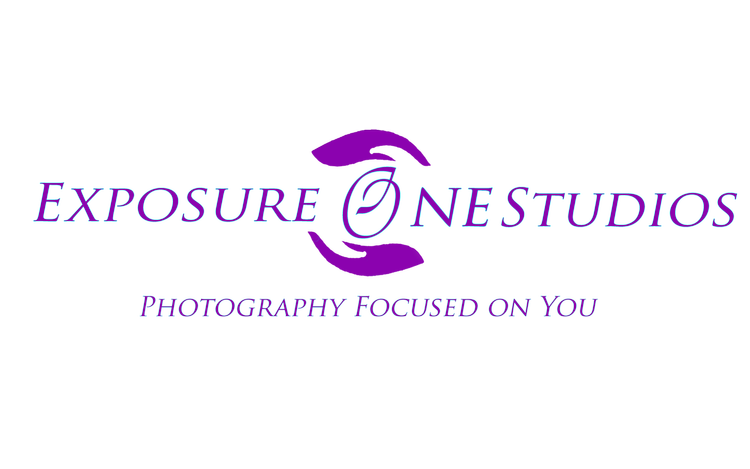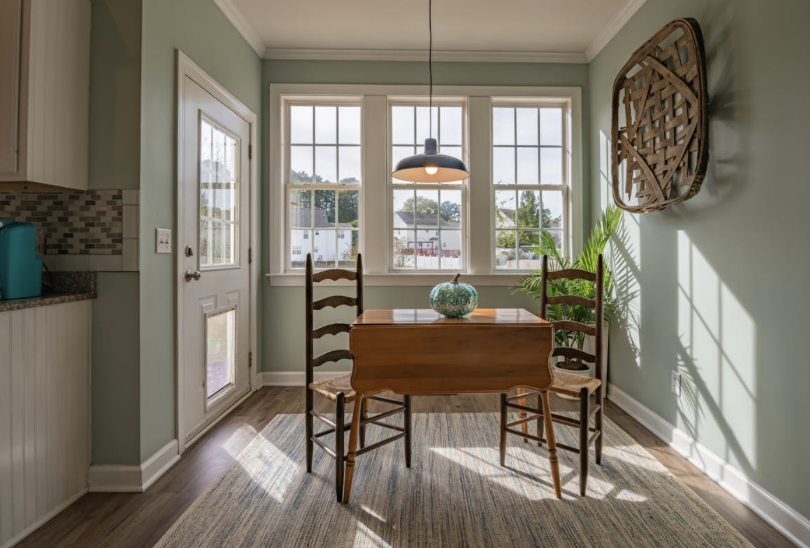Real estate photography is all about showcasing a property in its best light, but even seasoned photographers can fall into certain traps. Here are some of the most common pitfalls to avoid when shooting real estate:
1. Poor Lighting
Lighting is everything in real estate photography. Failing to properly light a room or relying on natural light that’s too dim can result in dark, uninviting photos. It's essential to either use external light sources like flashes and softboxes or take advantage of the best natural light during the golden hour. Also, avoid overly harsh lighting or shadows that can make a room appear smaller or more cluttered than it is.
2. Wide-Angle Overuse
While wide-angle lenses are essential for capturing spacious rooms, overusing them can distort the image. When used improperly, wide-angle lenses can make furniture appear stretched and unflattering or even warp walls and ceilings. It's crucial to use the correct lens for the space and keep the camera level to avoid unappealing distortions.
3. Cluttered or Unkempt Spaces
A cluttered room can distract from the actual property. Before shooting, make sure the space is clean, well-organized, and styled. Remove personal items (e.g., family photos, cluttered countertops) that might distract potential buyers from imagining themselves in the space. A bit of staging or simply tidying up can make a huge difference.
4. Inconsistent White Balance
Inconsistent or incorrect white balance can cause your photos to look unnatural. For instance, a room might have a mix of daylight, incandescent, and fluorescent lighting, which can result in strange color tones. Ensure you correct the white balance during shooting or in post-processing to achieve accurate, neutral tones that reflect the real colors of the property.
5. Not Using Proper Composition
Composition is key to making a space feel balanced and welcoming. Avoid cluttered or awkward framing—placing key features of the room off-center can make the space feel disorganized. The rule of thirds, leading lines, and symmetry can help create visually appealing images. A well-composed photo leads the viewer’s eye through the space, making it feel open and inviting.
6. Missing Key Angles
One of the biggest mistakes in real estate photography is not capturing all the important angles of a room. Buyers want to get a sense of the entire layout and flow of the property. Always shoot from multiple angles and, if possible, include shots from opposite corners to show the full size and layout of a room. Don’t forget essential spaces like bathrooms, kitchens, and outdoor areas.
7. Over-Editing
While post-processing can enhance a photo, over-editing can lead to unrealistic, overly bright, or unnatural-looking images. Overdone HDR effects, saturated colors, or excessive contrast can mislead potential buyers about the actual look and feel of the property. Keep edits subtle to maintain a true-to-life representation of the space.
8. Ignoring Exterior Shots
Often, photographers focus heavily on interior shots and neglect the exterior. The exterior of a home, especially the front yard and curb appeal, can be just as important in attracting buyers. Ensure you capture the exterior of the house in good lighting, showing both close-up and wide shots to give a sense of the home’s overall presence.
9. Not Considering the Time of Day
The time of day can significantly affect the look of your photos. For instance, shooting during midday can result in harsh shadows and overly bright highlights. The best time for shooting is typically early morning or late afternoon, during the golden hour when the light is soft and flattering. This helps give your images a warm, inviting feel.
10. Failing to Edit for Straight Lines
In real estate photography, ensuring that lines—such as those of doors, windows, and walls—are straight is crucial. Crooked lines can create a sense of imbalance and make the space feel off. Use software to correct any distortions and align vertical and horizontal lines for a professional, polished look.
By being mindful of these pitfalls, you can elevate your real estate photography to the next level, making properties look more appealing and helping potential buyers envision themselves in the space.

